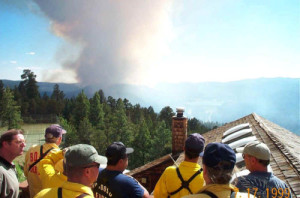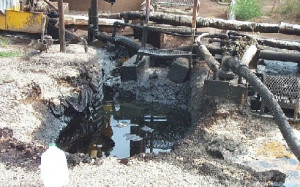Given the nature of recent past events in the United States some of the freedoms we took for granted no longer exist. Thus, presenting us with a new awareness in hazard mitigation. Effective mitigation of natural and other hazards is a partnering of private and public entities participating in a plan to minimize the effects of natural hazards and those caused by other events.
The most important premise of hazard mitigation is that local governments must assess their own vulnerability. Recent changes in FEMA’s (Federal Emergency Management Agency) policies also place new emphasis on prevention measures as opposed to only covering losses after a calamity.
 State government will not force local governments to mitigate hazards, but citizens and other financial interests have a right to know about community vulnerabilities and government responses.
State government will not force local governments to mitigate hazards, but citizens and other financial interests have a right to know about community vulnerabilities and government responses.
The goal is to reduce risk to citizens, government and financial investments. A properly developed mitigation plan is an on going process and a step in the right direction. Under the guidelines and regulations of the Disaster Mitigation Act of 2000 funding is available for these planning needs.
ICA provides an array of professional services to federal, state, county and municipal government agencies. ICA, LTD., utilizes the latest in computer technology, and the experienced personnel capable of utilizing that technology in developing a complete and personalized mitigation plan.
We are confident you will agree that International Consulting & Associates, Ltd. will make an excellent choice in assisting with the development of your hazard mitigation plan. We look forward to hearing from you and the development of a mutually beneficial relationship.
PURPOSE
The purpose of this document is to provide guidance for acceptable mitigation of hazards that may threaten Federal, State and Local entities. It is to be utilized in support of the State, Local Emergency Operations Plan.
The escalating cost of emergency relief aid has prompted the Federal Emergency Management Agency (FEMA) to focus its priorities towards mitigation. Current federal strategy is moving toward greater local choice and responsibility, and long-term strategic planning for mitigation.
Local strategy, therefore, should also focus on mitigation. This strategy includes risk reduction measures as well as economic interests. A well-developed plan should attempt to reduce the risk of damage to property and human life, and should assist in building Community-State-Federal partnerships in the process, thus creating a potential gateway for multi-level prevention, mitigation and restoration funding. A mitigation plan can reduce the impact of hazards by emphasizing pro-active mitigation before emergency response is required, but an effective plan requires both preventative and corrective measures.
Subsequent to an update of hazard vulnerabilities and analysis of the community’s current capabilities, and in keeping with the local objectives listed above, the following represents an effective framework for hazard mitigation .
SITUATION
Disaster is defined as anything that happens that causes great harm or damage, a calamity. With regards to hazard mitigation, a disaster or a crisis can be defined simply as a situation which generates the need to exceed the normal, day-to-day capabilities of an emergency organization.
Ten possible hazard vulnerabilities have been identified. All having the potential to do great harm or damage. Some of these risks and their respective history of losses have also been documented in the New Mexico State Hazard Mitigation Plan.







